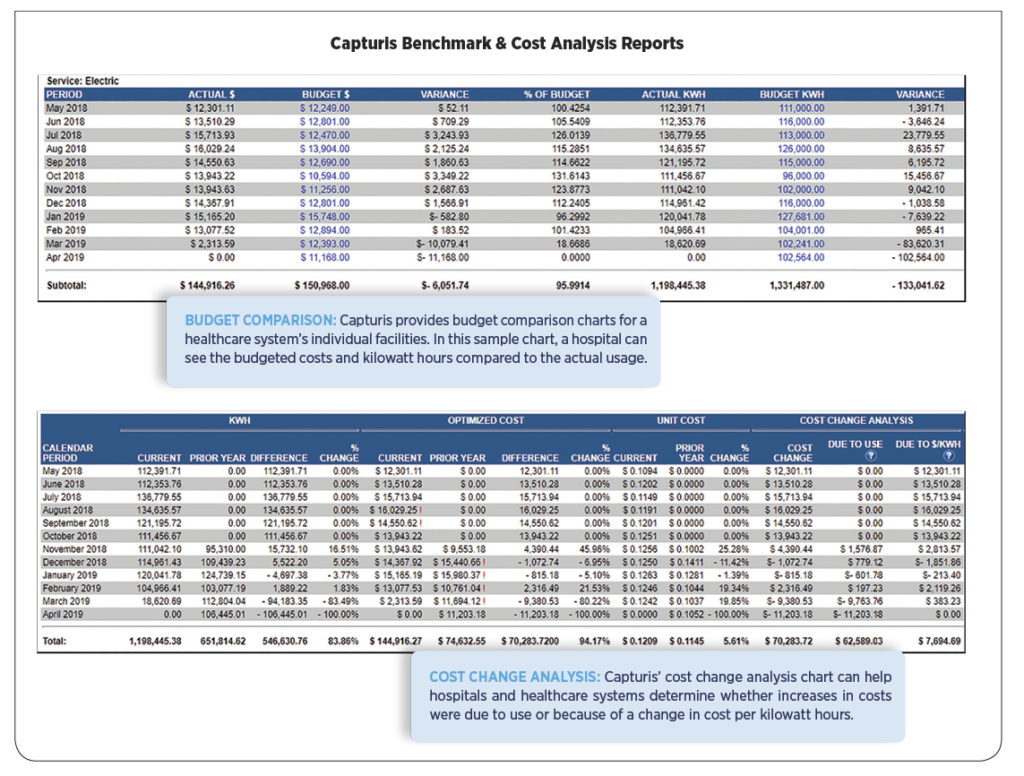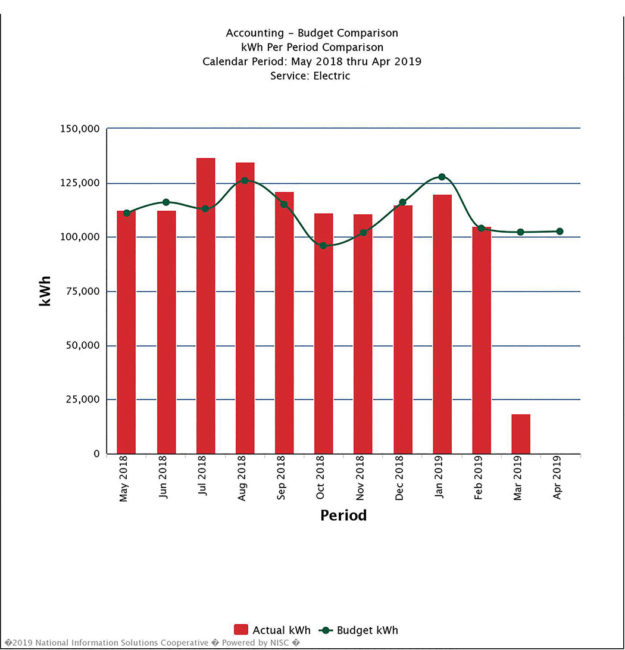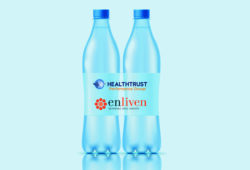Bill Pay Service Helps HealthTrust Members Stay on Track, Secure Energy Pricing
Hospitals have multiple bills to pay each month to keep the lights on, bedside machines operating and water running. Though keeping track of utility and telecom bills may not seem like much of a feat, it can be a juggling act for organizations with numerous facilities and locations. They risk having critical services terminated if payments are late or missed.
In January 2019, a critical access hospital in Kansas faced this exact scenario. After a check for its October 2018 bill bounced, and November and December passed by without payment, the utility company warned that service would be shut off unless it received remittance by a specific date. The hospital had accrued more than $28,000 in unpaid utility bills, according to a report in Becker’s Hospital Review.
Situations like these can be prevented. Capturis, a Mandan, North Dakota-based utility information management company, provides multisite organizations with utility bill pay services in addition to consumption and cost-tracking data.
Capturis helps healthcare organizations streamline the accounts payable process, relieving employees from time-consuming tasks such as receiving, auditing, documenting and processing utility bills so payment deadlines don’t get missed.

“In the past, utilities were paid and handled by the hospital’s accounts payable department,” explains Stephen Oberhousen, MBA, program manager, utility bill pay services, inSight Advisory–Energy (formerly EnergyTrust). “But for the past nine years, more HealthTrust members have been turning these tasks over to Capturis.”
Leveraging Data
Reassurance that bills are paid on time is the obvious benefit of utilizing a bill pay management service, but the real advantage is automated data capture. After payments are made, Capturis scans the invoices and posts them to a web-based portal.
“This process gives hospital leadership better visibility and access to data analyses and benchmark reports,” Oberhousen says.
“The data it provides is very powerful. By making these invoices available for analysis, members can make sure they’re being billed correctly and getting the price they were promised.”
Hospitals can also leverage this data to secure better pricing for energy and electricity. Utility bills account for an average 1.4 percent of hospitals’ operating costs, which can result in a large sum. For example, a 200,000-square-foot, 50-bed hospital in the United States spends approximately $680,000 on electricity and natural gas each year, according to Sustainability for Healthcare Management: A Leadership Imperative by Carrie R. Rich, J. Knox Singleton and Seema S. Wadhwa.
By improving energy efficiency, hospitals can boost their bottom line and free up funds for other expenses. Since 1998, inSight Advisory–Energy has helped HealthTrust members save millions of dollars, leverage data and strategically purchase deregulated natural gas and electricity. The data provided by Capturis gives facility managers a clear look at how much is being spent each year on energy.


“More hospitals are turning their attention toward energy expenditures,” says Bill Miller, director, strategic initiatives, inSight Advisory Services. As they do, budgets are being analyzed, leaving financial departments to question why the facility is over or under budget each month. To show that they stuck to an overall budget, administrators sometimes take the year’s energy expenses and divide them by 12, Miller says.
“That theory doesn’t work—it simply masks the underlying problem,” he explains. “Electricity usage will always be higher in the summer as compared to winter. Natural gas usage will be higher in the winter when compared to summer.”
An ideal scenario is to neither be over or under budget, Miller says. “If a hospital is over their budget for energy expenditures, then we need to look at the data and find out why. If they’re under budget, we also need to understand the reasoning. Electricity and natural gas do not generate revenue for a hospital—if a facility is $200,000 under budget, then that’s $200,000 that could have gone to a revenue-generating project. That’s why it’s critical to use the data provided by Capturis to help members make energy procurement and budgeting decisions,” he continues.

Members in deregulated energy markets—states where energy is available from suppliers other than utility companies—can choose their own electricity or natural gas provider. This allows them more options and better rates, Oberhousen explains. “We can help members lock in energy pricing for a pre-determined period of time,” he adds.
HealthTrust assists 224 facilities in the U.S. with electricity procurement and 582 facilities with natural gas procurement (some facilities utilize both services). In 2018, participating HealthTrust members—more than 40 healthcare systems—realized a combined savings of more than $21 million through the energy procurement program.
For more information on Capturis or inSight Advisory–Energy, contact Stephen Oberhousen at stephen.oberhousen@healthtrustpg.com.
Share Email Data and Analytics, Finance Q2 2019





